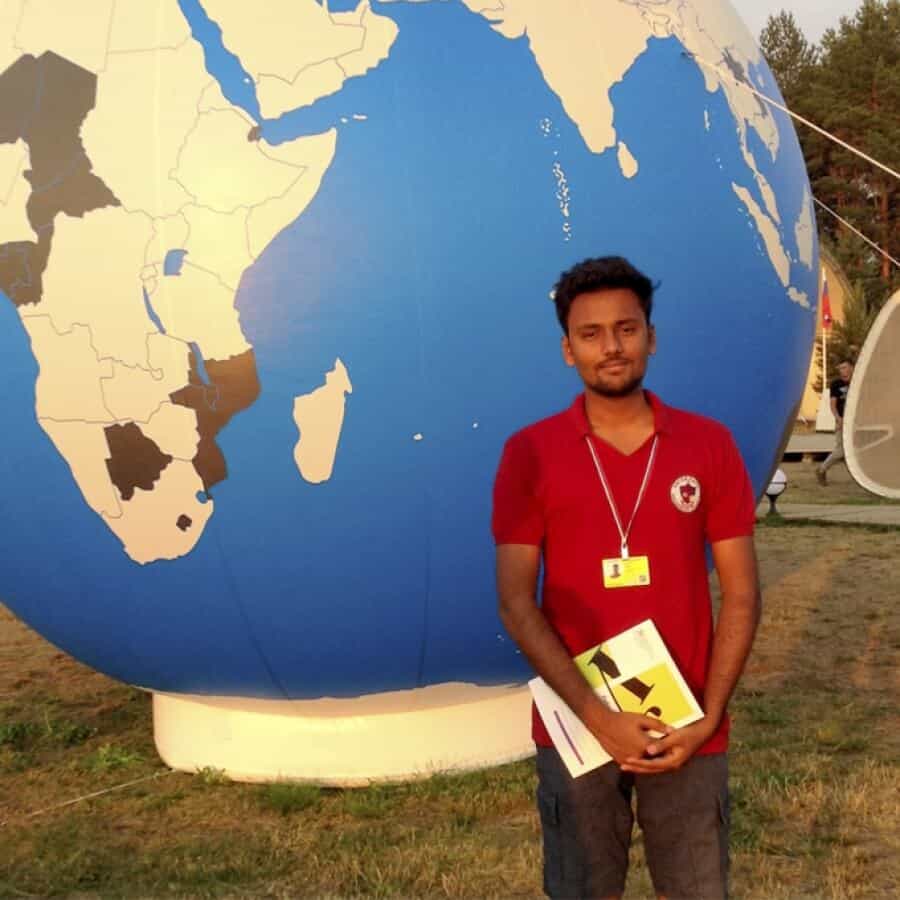Vivek Modi is a 22 year old civil engineer from India. He comes from a very small town in Gujarat state called Sidhpur, a town with a notable architectural heritage. Sidhpur stands as a witness to ancient Indian culture and Hindu mythology. Right now Vivek works for a company in Gabon, where he is building a factory. Plus he works as a climate leader for Project Climate Reality and has been trained on climate actions by Al Gore, former vice president of the U.S.
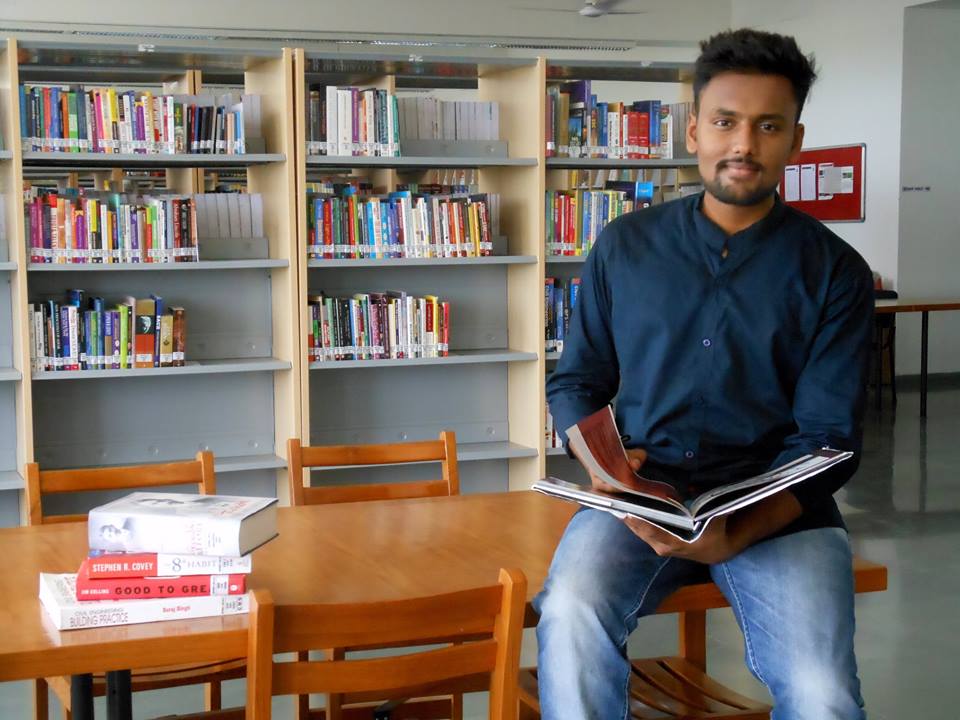
What makes Vivek different from others is his passion and feeling of responsibility towards Mother Nature. Since childhood he has been very passionate about Hindu mythology, and at university he studied structures, planning, and architecture, and from that he got a different perspective on his city. He started seeing clearly what other people hadn’t, and that was Sidhpur. In Sidhpur, property owners and developers were destroying houses that constituted an important architectural heritage. Vivek started a project with the aim of protecting that heritage. He got support from an Indian NGO, Sidhpur Smruti Trust, which was created by Sidhpur property owners who lived abroad and were also concerned. They worked together on that project for more than two years.
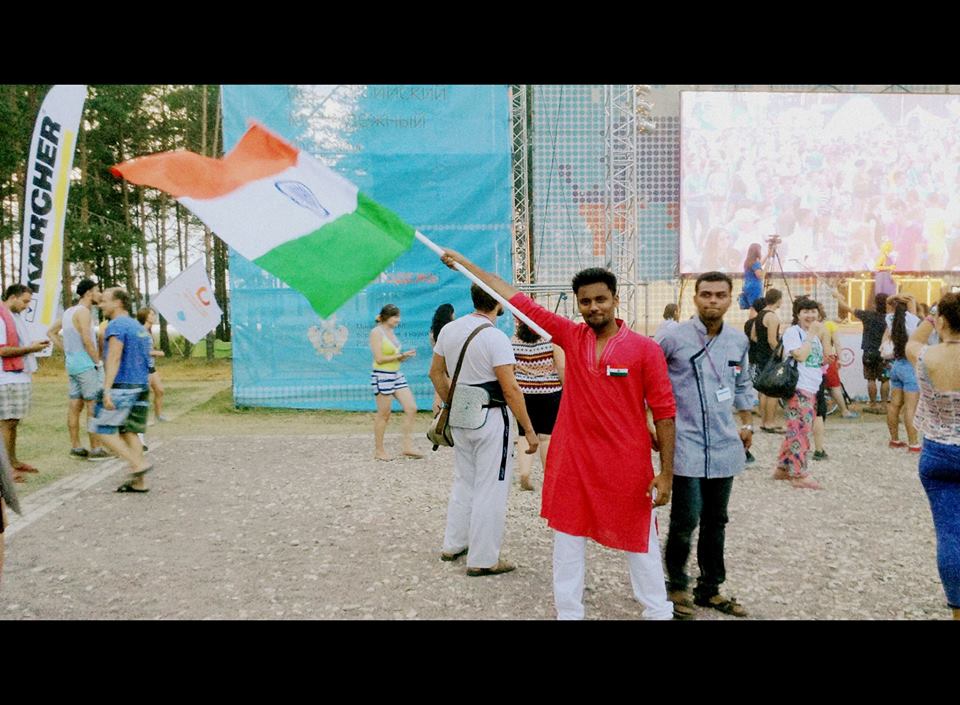
Why is Sidhpur so important for you?
Sidhpur is my motherland, I was born there and grew up there. The way I got connected with the town is hard for an outsider to understand. Even locals wondered how such a young kid came up with an idea and others never thought of it. And there was only one answer, this city and I had grown up together, and it had become part of me; so when it began to be demolished it is like I was harmed, too.
Did you succeed in your effort to protect and save the heritage of Sidhpur? What was the outcome?
Up to a point I can say we were successful. We started working on this problem at the local level and went up to the international level. I attended youth conferences where I presented this issue. We tried to do everything we could to highlight it. Our final aim is to get the houses recognized by UNESCO. However that is far in the future. Because to get recognition from UNESCO you have first to be recognized at the local level, the national level etc. and only after a few years can you apply to UNESCO through your national government. For now we have a high degree of protection in place, which is a great success, it is in force, recognized by the local government. With it no one can make any changes or sell an architecturally significant house without the permission of the municipality; even if it is privately owned.
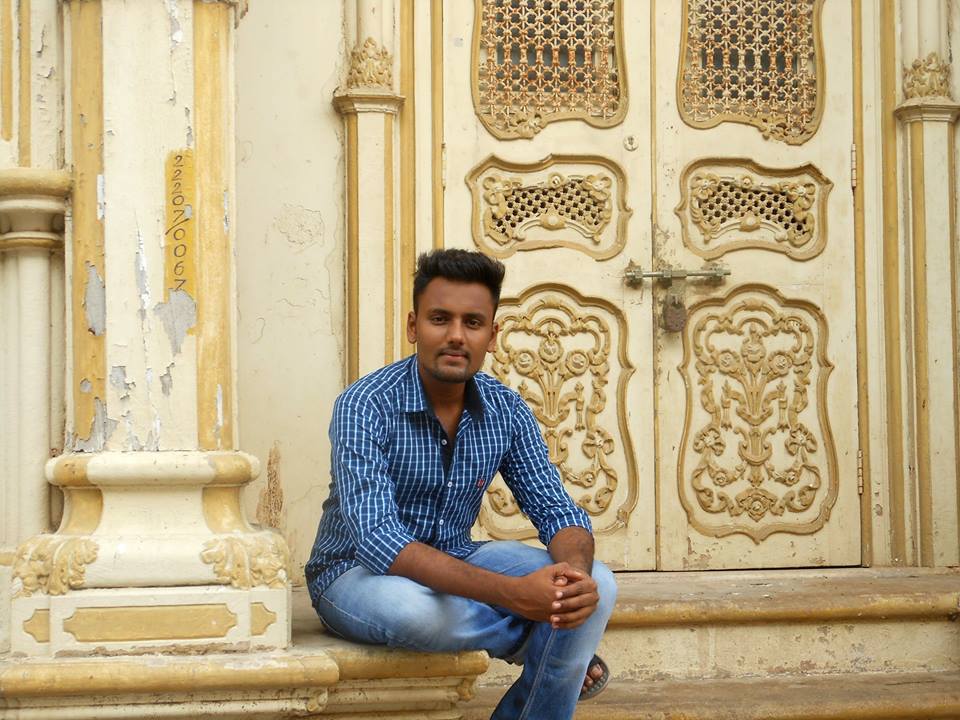
How often do we take time to think about the damage we are causing?
There is an Indian saying: “The eye does not value the eyelid that protects it.”( “આંખને પાંપણની કદર નથી હોતી.”). The eyelid seems invisible, but it protects the eye from damage. And people in Sidhpur had lived with those houses their entire lives without noticing them. They didn’t realize the importance of those precious structures. People from all around the world who are interested in heritage and architecture come to Sidhpur just to see those houses. Great historic houses are what sets Sidhpur apart.
Do tourists help the Sidhpur economy? Have you wanted to attract more tourists to improve local business conditions?
We thought these houses could be a source of revenue. So we took steps to encourage tourism, and tourists instead of staying in hotels would often stay in houses that are like palaces; experiencing food, music, culture. It is still in the experimental stage, but we are doing well.
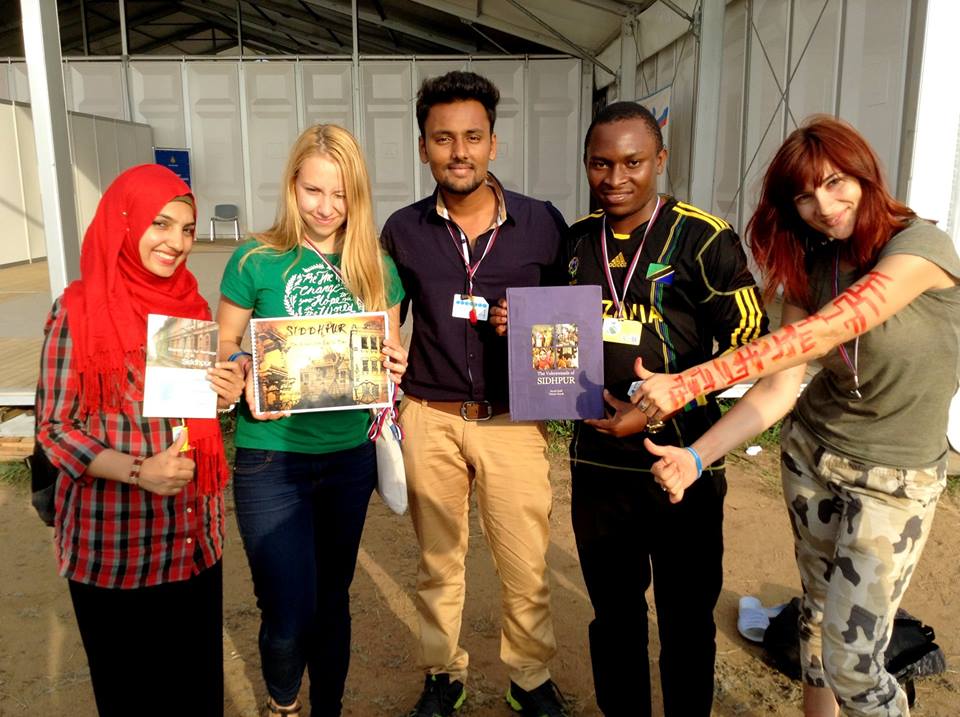
Sidhpur is the only place in the world where Hindus perform MATRUSHRADDAH? What does it mean?
Matru Shradhh means death rituals. In the epic religious documents it is written that there are two places to do Shradhh (the death rituals of parents). For fathers there is a place on three holy rivers, Prayag, Alhabad. At that place the death rituals of fathers are performed. The death rituals of mothers can only be performed in Sidhpur. It is the only place in the world where mothers’ death rituals can be performed. In ancient times there were two gods for mothers: Lord Kapila and Lord Parshurama, both were the avatars (birth) of Lord Vishnu. The Gods would perform their mothers’ death rituals there and in that way their mothers would attain moksha, which means freedom from the reincarnation circle. Whoever does it as the gods have done will set their mothers free.
What happened to the Bohra community that migrated from their traditional homes? Who are they?
The Bohra community is a business community. They left Sidhpur and spread all around the world. Also because of its Bohra community my state is known as the preeminent state of business people. Business is in our blood, they say. They were Brahmins at the beginning and then a Muslim cleric came and converted all of them into Muslims, which is a very common practice in India, converting into different religions. But the thing was that they couldn’t completely convert into Muslims nor stay completely Hindus. So they found themselves in between two religions and took the best from both. When you see those houses you will find the architecture of both Hindus and Muslims. They called themselves dowdy bohra.
You are/were writing book. Has it been published, how has it been received? What was the main idea?
I am still writing it. I was very focused on the heritage project, and then I came to Gabon so I didn’t have time to finish it, but it will be finished. In the book I am promoting Sidhpur. I have studied all the stories about Sidhpur’s culture, its traditions, and its people; I have even found some secret stories that were never mentioned before. I have very good material, stories to share with people. I want to show Sidhpur to the world through my vision of it. I think that the book is the best way to do this.
What is the idea behind your theory of the Sustainability of Nature. How did you arrive at that idea, is it now widely accepted?
Heritage is one project of mine, and the environment is the other one to which I have devoted significant attention through my studies, and the theory we may say came out of my studies. The theory is basically is very simple, and it is based on an ancient Indian belief which says: “The whole world, nature, plants, humans, animals are one family sharing many similarities. They are born together, they grow and die together.” (“वसुधैव कुटुम्बकम“), which means the whole world is a family and that is why each and every element relies on the others, and when you disturb anyone the other naturally gets affected. The theory of the self-sustainability of nature holds that nature does not need us to be sustainable, it sustains itself.
An experiment to prove it has been carried out by the prominent Indian scientist Dr. Sharad P Kale, who is known for developing a Biogas plant fed by Biodegradable waste resource (NISARGRUNA). He is the head of Technology Transfer and Collaboration at the Bhabha Atomic Research Centre (BARC). On 26 January 2013 the Government of India honoured him with the Padma Shri Award in the Discipline of Science and Engineering. Dr. Sharad P Kale took a glass jar, he put some soil in it and one plant. He closed the jar and left it like that; after many years jar was still there, closed, and the plant was alive. Which means, nature keeps moving.
You have worked as a climate counselor at the international center for culture and education. What were your tasks? Did you have any influence?
An NGO in India along with UNFCC (the United Nations Framework Convention on Climate Change) created the position of project climate counselor and selected a few young people from colleges around India. We are supposed to develop youth leaders who can create environmental action groups and spread ideas. We also take an examination about climate change and about organizing activities at schools. I worked there for a couple of months. We were a group of 26 climate leaders, and every one of us formed a team of 26 young people in our local communities, so you can imagine how the numbers grow and how big an influence this can become.
What is OLAM International, and how are you connected with them?
They are a giant Agricultural Multinational Company. I work for them in Gabon. They manage plantations, they are into farming millions of hectares of land and they plant and sell processed products to the rest of the world. I am building a factory for processed products, you have to wash them, polish them etc., so I am taking care of project management to build that factory. It is an adventure. It’s my first time in Africa. I was concerned about security, health, food, but it has all been good. Besides that, Gabon is connected with India very well. Indian engineers are famous all around world as Jugadus – the ones who will find a solution, somehow, for every situation.
You have also launched a social startup, can you tell us more?
I have indeed launched a social start up (http://rfsinitiative.wix.com/rfsinitiative), Raise for Sustainability in India, the focus is youth. I want to inspire them to take on environmental projects. Whatever problems there are, we will give them as projects to students, give them funding and all they need, and through those projects they will try to find solutions for those problems. We are in the process of making it more stable.
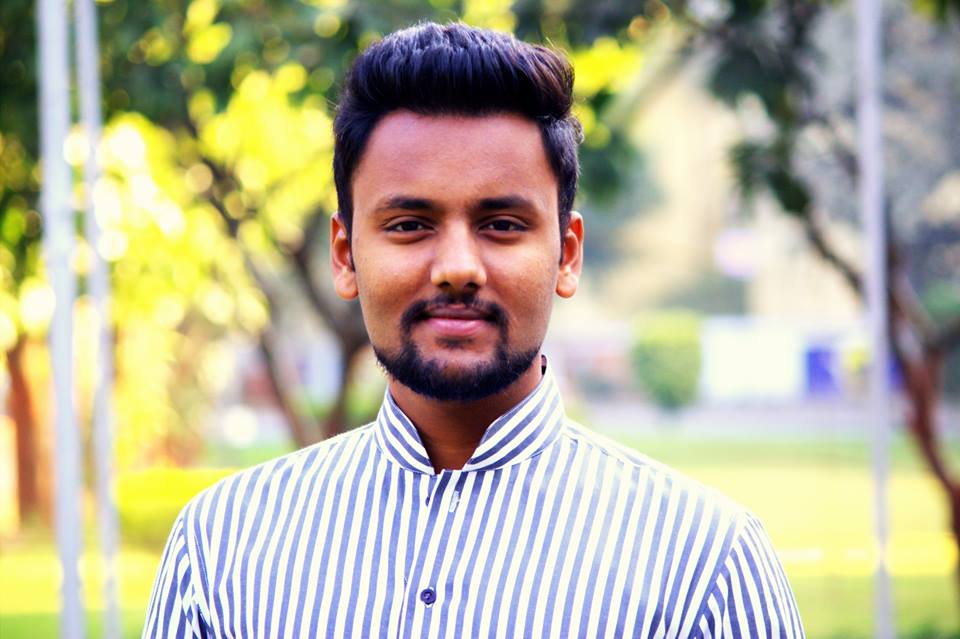
How do you see India?
It’s not a country, it is world in itself. If you look at the colours of India , if you see it through culture, languages, traditions, the food of each and the variety of everything you won’t find anything like it anywhere in the world. We have 80 official languages, but we have thousands of them counting the unofficial ones. The word incredible describes India perfectly. Today Indian science is developing very fast; we even launched mission Mars. We have the second largest population. A sixty percent youth factor makes us the youngest country in the world. Youth period it is your time to show the world what you can do, and India is doing it right now.
How do you see Gabon? Was it hard to adjust to it? Are there any similarities with India?
Gabon is an underdeveloped country, full of natural resources. Seventy percent of its population is concentrated in the capital city, Libreville, rest is in the forest. People still rely on hunting, the animals that grow in the jungle, they hunt and feed themselves, while the rest of the world is far away. That’s why I want to keep working, because when you realize that the development of these people is still behind, the world is moving forward and they are still in one place. I’m not saying that we only did good with our development, innovations; anyway we will always be one step behind nature, we will never be able to go beyond it as there is a saying – I was there before your existence, and I will be there after you. But I believe it is important to give choices to people, it should not be because they don’t know any different, it’s like we are keeping them in the dark, they don’t know what is happening around them.
It wasn’t hard to adjust, and the company is taking good care of us. Culture shock is normal, it’s always there, you can be depressed, you miss your country, etc. But I am enjoying it here, because there is a lot I can give to this country and there is lot I can learn from it and from this project. Every day I go into the rainforest, meeting all kinds of wild animals there, living and learning from and about nature, they are giving me a new perspective on life.
However there are not a lot of similarities between Gabon and India, even natural life and the climate are very different. Music, culture, kitchen very, very different. They eat a lot of meat, and in India we use more spices, and plus I am a vegetarian.
What does a typical day in Gabon look like for you?
We wake up at six, early in the morning, we have breakfast and we go to a site in a group, like a safari with cars. J Then work starts, we work on construction, we have to build a pipeline from the jungle to the river. We check each and every thing, its sustainability, because we really take care of the environment and try to do it in such a way that it will do the least harm to nature. Then we do foundation checking, how farming and harvesting has been done. Then I take a sight again, as I am a civil engineer and I have to keep an eye on it all the time. After the work is done I go and write reports and in the evenings we can relax. What’s great is that every evening is different as we are a multicultural team, and someone is constantly organizing a party or a gathering with their traditional instruments, music, food etc. It’s amazing to see so many perspectives.
A message for young people everywhere…
Everyone is complaining that they don’t have anything to do. I believe that the moment you start complaining you can actually take an opportunity from it. There is an opportunity to solve the problem you are complaining about, to come up with an innovation, it can be simple. So never complain about anything. If something has to be changed, don’t wait for someone else to come and change it, change it yourself! Change starts with you. If all of us were willing to change ourselves, the whole world would be changed. There is no energy more powerful than a human soul on fire, keep your soul on fire and do it!
Support us!
All your donations will be used to pay the magazine’s journalists and to support the ongoing costs of maintaining the site.
Share this post
Interested in co-operating with us?
We are open to co-operation from writers and businesses alike. You can reach us on our email at cooperations@youthtimemag.com/magazine@youthtimemag.com and we will get back to you as quick as we can.
